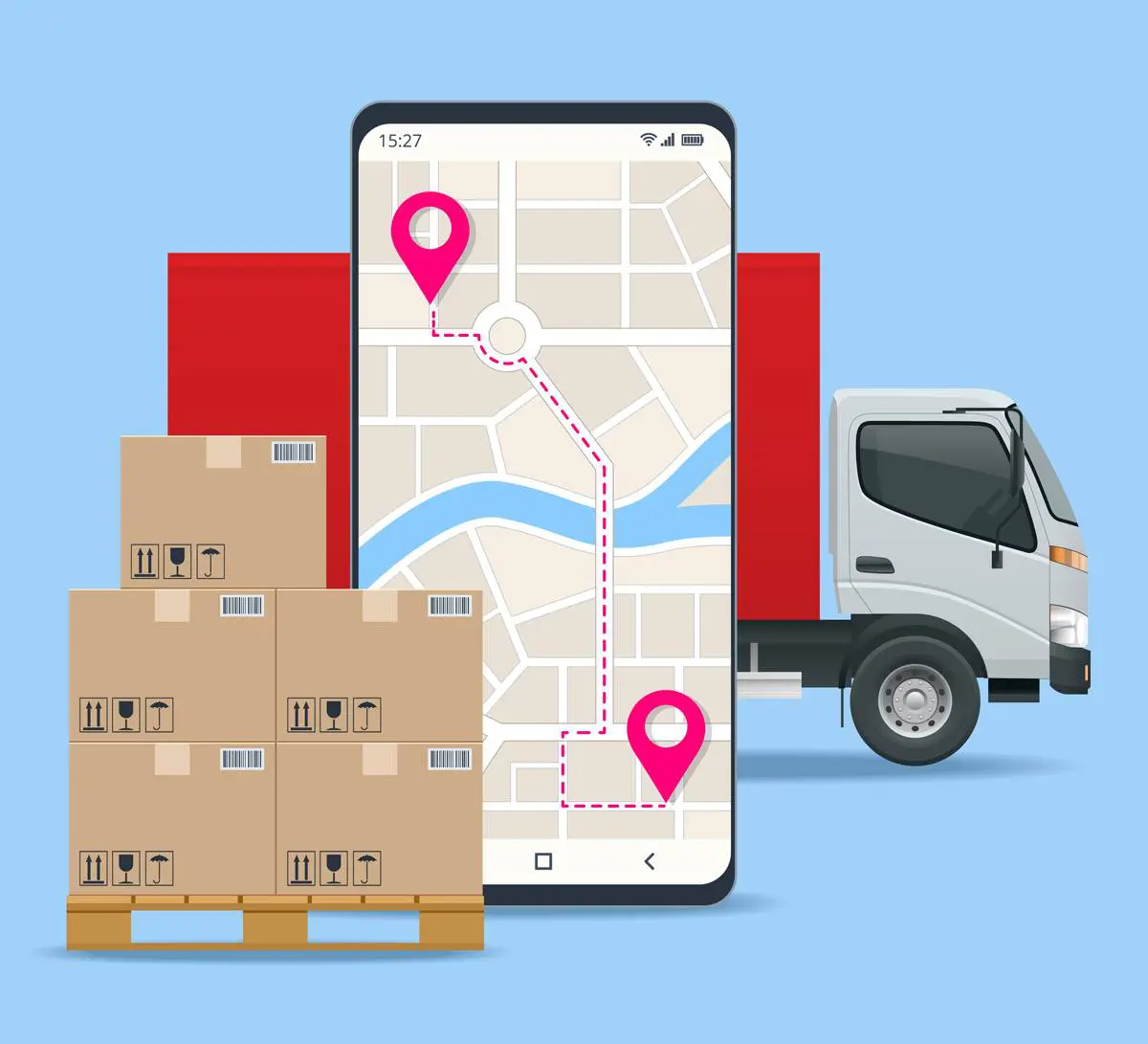If you’d like to submit a mobile application for data collection (barcodes, GPS positions, photos, signatures, Rfid, etc.) and want it to work, to be appreciated and used, and to ensure that your databases are correctly completed and populated with the right data, then here’s the list of criteria you’ll need to meet before you can submit a complete application.
So here’s the list of criteria you’ll need to meet in order to make a complete application.
Think about, or imagine the user of the mobile application: working environment, ergonomics, perceived added value, simplicity (it’s easy to make things complicated, but simplicity is harder to imagine);
One screen = one function: a professional terminal screen is ultimately small, so you can’t put on it what you would on a PC screen; what’s more, the precision of the finger is not the same as that of the mouse: so few fields per session, or use tabs;
Ergonomics, navigation and intuition: it’s important that actions, data fields and buttons should always have a similar form between screens, with intuitive colors for understanding, and terms chosen without contextual ambiguity - there’s no need to read any documentation to use this mobile application - it’s also illusory to think that the user will read a page of documentation, but think about including help on request (it’s therefore pointless to spend time making user documentation: replace it with research into more ergonomic functions);
Data entry or acquisition speed: The primary return on investment of a barcode or Rfid terminal is based on speed. It is therefore essential for input that the cursor is positioned in the right place when scanning codes, or that any scan is automatically directed to a specific field according to its barcode type, other criteria such as the 1st characters read, and that the terminal keys are adapted to the current input: numeric for quantities, alphanumeric for names, touchpad, etc…
Adapt to any system: you need to be able to appeal to a maximum number of users of this mobile data entry and collection application; so the application must be able to run on several operating systems: Windows classic, Windows mobile: CE , Mobile, Phone, Android: here again our generators in a single development let you generate the same application for any system without changing a thing;
Adapt to any screen size: It’s all very well to plan an application for a mobile base screen, but it’s also a good idea to be able to use the same collection application on a tablet or PC without having to redo all the development: here too, our generators feature automatic screen size adaptation functions;
The offline function: the network is not necessarily present at every location where the terminal is used, so it is useful to provide for asynchronous operation of the mobile collection application, called “offline” as opposed to “online”, which is easily implemented via a web page - Offline operation must integrate synchronization of departure to the workplace and return from the place of operation, its frequency, and the vagaries of network connections;
Remote updates: as the data entry screens are to be used offline, it is important to be able to update the terminals without having to reprogram them one by one: the update function must be integrated and can be carried out on a connection spot (3G or Wifi) by the user himself, and on the fly: no need to stop the machine and the data entry process (just a pause);
The test phase: the mobile application must be perfect if it is to be accepted and recognized by users: test it in all positions and situations, first described in a test plan, completed during real tests, continuously: you’d be amazed at the number of situations not imagined but encountered!
Contact us to help you finalize your requirements: our experience will help you get there faster.
